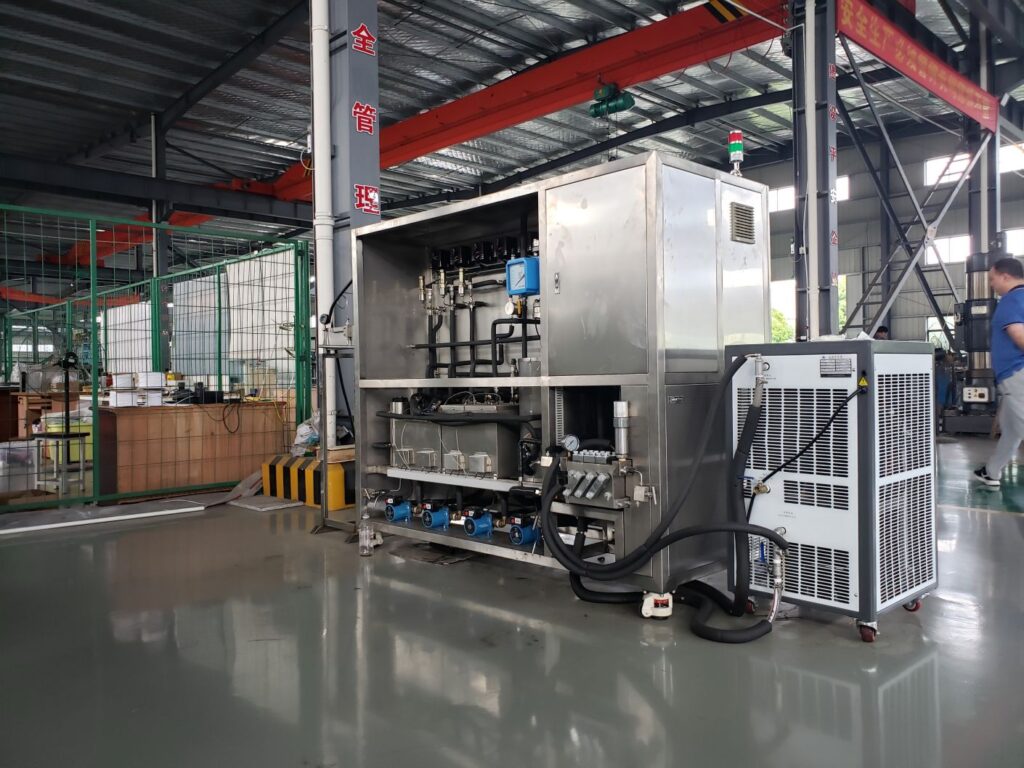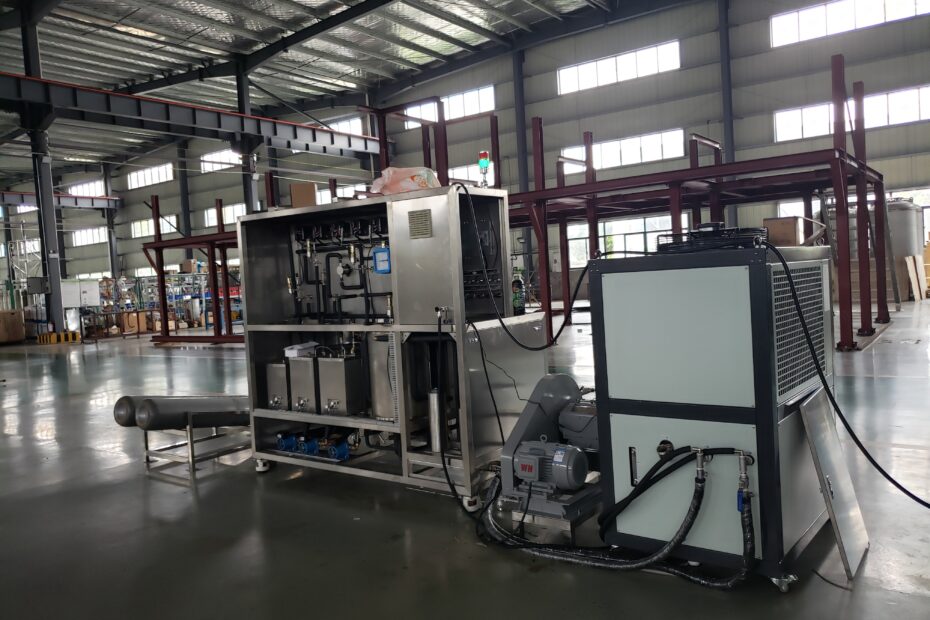Supercritical CO2 extraction is a widely used method for extracting essential oils, flavors, and other valuable compounds from natural materials. In this process, carbon dioxide (CO2) is pressurized and heated to its supercritical state, where it behaves both as a gas and a liquid. Temperature plays a crucial role in this process, affecting the solubility of the target compounds and the overall yield of the extraction.
Four Major Roles of Temperature in Supercritical CO2 Extraction
- Solubility of Target Compounds: The solubility of the target compounds in supercritical CO2 increases with temperature. This is because higher temperatures increase the kinetic energy of the CO2 molecules, allowing them to interact more effectively with the target compounds. As a result, higher temperatures can lead to higher yields of the desired compounds.
- Diffusion Rate of CO2: The diffusion rate of CO2 into the material being extracted also increases with temperature. This is because higher temperatures increase the pressure inside the extraction vessel, forcing more CO2 into the material. This can lead to higher yields of the target compounds.
- Selectivity of Extraction: The selectivity of supercritical CO2 extraction can be influenced by temperature. In some cases, higher temperatures can lead to increased extraction of unwanted compounds, reducing the overall purity of the extract. In other cases, higher temperatures can lead to increased extraction of the desired compounds, improving the overall purity of the extract.
- Thermal Degradation: Higher temperatures can also lead to thermal degradation of the target compounds. This is because higher temperatures can break down the chemical bonds in the target compounds, leading to the formation of unwanted by-products. This can reduce the overall yield and purity of the extract.

Factors Influencing the Relationship Between Temperature and Yield
- Pressure: The pressure inside the extraction vessel can influence the relationship between temperature and yield. Higher pressures can increase the solubility of the target compounds, leading to higher yields at lower temperatures.
- Material Being Extracted: The composition of the material being extracted can also influence the relationship between temperature and yield. Some materials may require higher temperatures to achieve optimal extraction, while others may require lower temperatures.
- Extraction Time: The duration of the extraction process can also influence the relationship between temperature and yield. Longer extraction times can allow for more efficient extraction at lower temperatures, while shorter extraction times may require higher temperatures to achieve the desired yield.
- Desired Purity: The desired purity of the extract can also influence the relationship between temperature and yield. Higher temperatures may be required to achieve higher purities, while lower temperatures may be sufficient for lower purities.
| Temperature (°C) | Yield (%) |
|---|---|
| 40 | 75 |
| 50 | 80 |
| 60 | 85 |
| 70 | 90 |
| 80 | 95 |
Conclusion
Temperature plays a crucial role in supercritical CO2 extraction, affecting the solubility of the target compounds, the diffusion rate of CO2, the selectivity of extraction, and the thermal degradation of the target compounds. The relationship between temperature and yield can be influenced by factors such as pressure, the material being extracted, extraction time, and desired purity. By understanding the role of temperature in supercritical CO2 extraction and considering these factors, manufacturers can optimize their extraction processes to achieve the desired yield and purity of their extracts.
